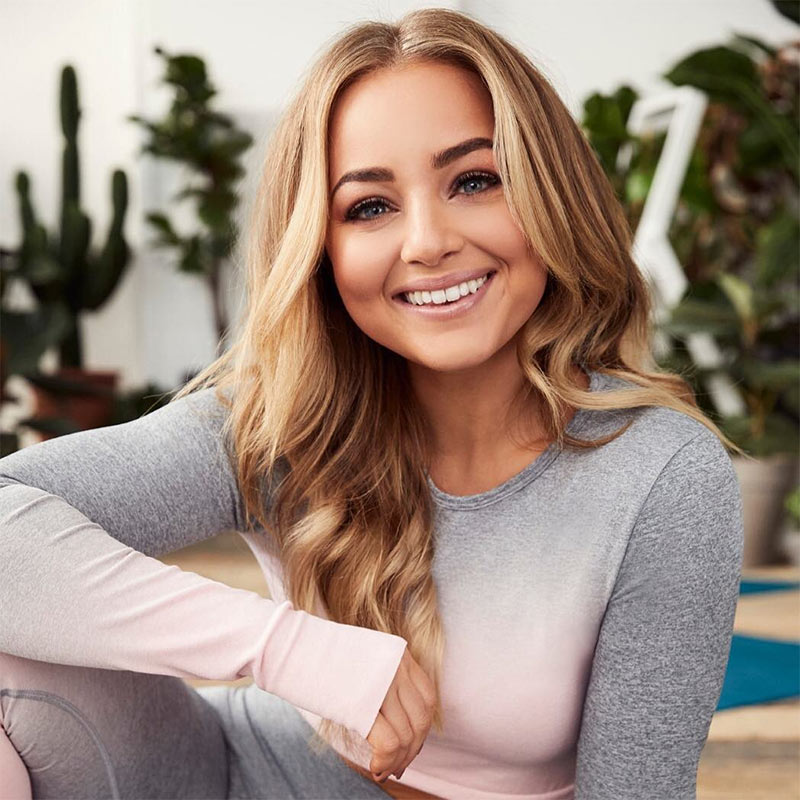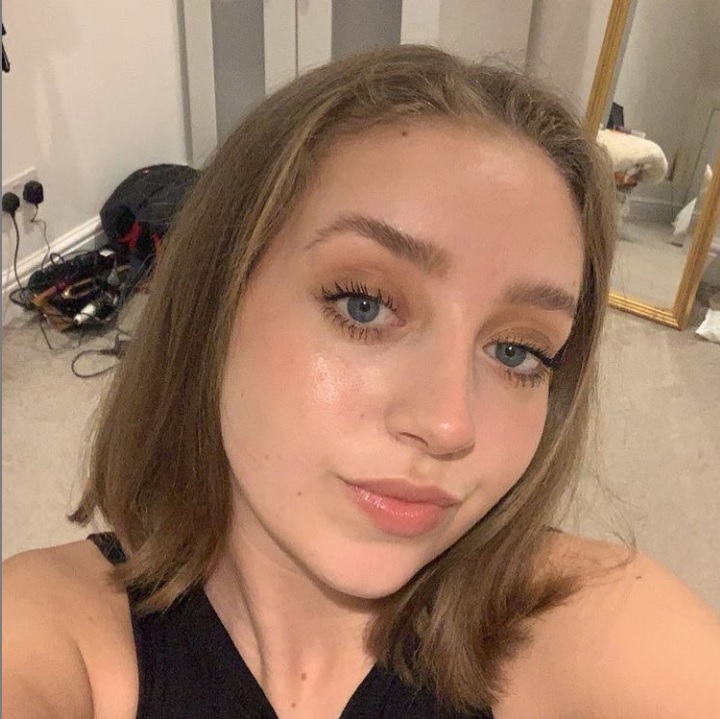In the early months of 2020, I decided to delve into the Instagram world of the ‘Fitness Influencer’. At this time, I had a particularly complicated and not very positive relationship with my body and decided that it needed to change. This first step of changing my Instagram feed seemed like the perfect answer to gaining this initial sense of motivation and ‘inspiration’. These accounts that I followed would show countless ‘transformation’ pictures of their weight loss and create content showing what they ate in a day to maintain a calorie deficit and upload videos with titles such as ‘FAT BURN’ and ‘BURN 300 CALORIES’. However, after about a month or so I realised that I had developed quite an unhealthy relationship with food, exercise and my body. For instance, food ceased to be something I could enjoy, exercise became a punishment and my body became something that could always be changed, could always be ‘better’. I think a lot of this came from constantly consuming ideals and images of what a ‘healthy’ body looks like and chasing a lifestyle which was completely unsustainable and made me miserable.
However, once the pandemic hit in March, I really had time to think about and assess these habits which I had developed and more importantly what had caused them to develop. So, I went on my Instagram and unfollowed every ‘fitness influencer’ who had made me think about my body in a negative light. I then did a bit of research and was very happy to find a different side of the fitness influencer world on Instagram. The focus of my feed shifted from being obsessed with aesthetics to being more concerned with how exercise makes us feel without being concerned with how many calories were being burnt. This new mindset really improved my relationship with exercise and made it something to be enjoyed rather than as a punishment (although I will stress that this change did not occur over night and it took a while to get out of my previous negative habits/mindset).
I think the idea of ‘sustainable fitness’ is what I’m trying to get at here. This focuses on working towards long term goals of an overall improved fitness level and improved mental wellbeing as well as developing a healthy relationship with food such as enjoying nourishing food which is going to help fuel your body for the day (whilst also enjoying treats). Therefore, I don’t think that the ‘fitness influencer’ industry can be wholly labelled as good or bad but definitely can have positive and negative effects depending on who you follow and the ideas they are promoting.
So, I thought I would share with you some of my favourite ‘fitness influencers’ who have helped me change my mindset with regards to what it means to be ‘fit and healthy’:
Alice Liveing (@aliceliveing)

Alice uses her platform to promote the benefis of fitness in terms of becoming stronger and improving mental wellbeing as opposed to looking a certain way. Alice also provides daily workouts on her page whilst also advocating rest days/stretching to ensure that our bodies are not overworked and are given time to recover.
Emma Louise (@emmalouisie)

Emma is a trained PT but since the pandemic her account has focused on lifestyle rather than workouts. Emma is a big advocate for getting your steps in and encouraging us to get outside to do a bit of exercise. Thus, Emma focuses more on what exercise can do for our mental health as opposed to focusing on aesthetics. She also shares a lot about food and the importance of eating intuitively and not depriving yourself of the food you love and instead eating in moderation.
Liv Rook (@livrookyt)

Liv has been pretty busy this lockdown and has been making amazing videos for her YouTube channel, which don’t require any equipment and focus on gaining strength and stamina. She also posts realistic ‘What I eat in a day’ videos on her Instagram which promote eating intuitively and focusing on how food makes you feel during the day.
Header image credit: Net Solutions

